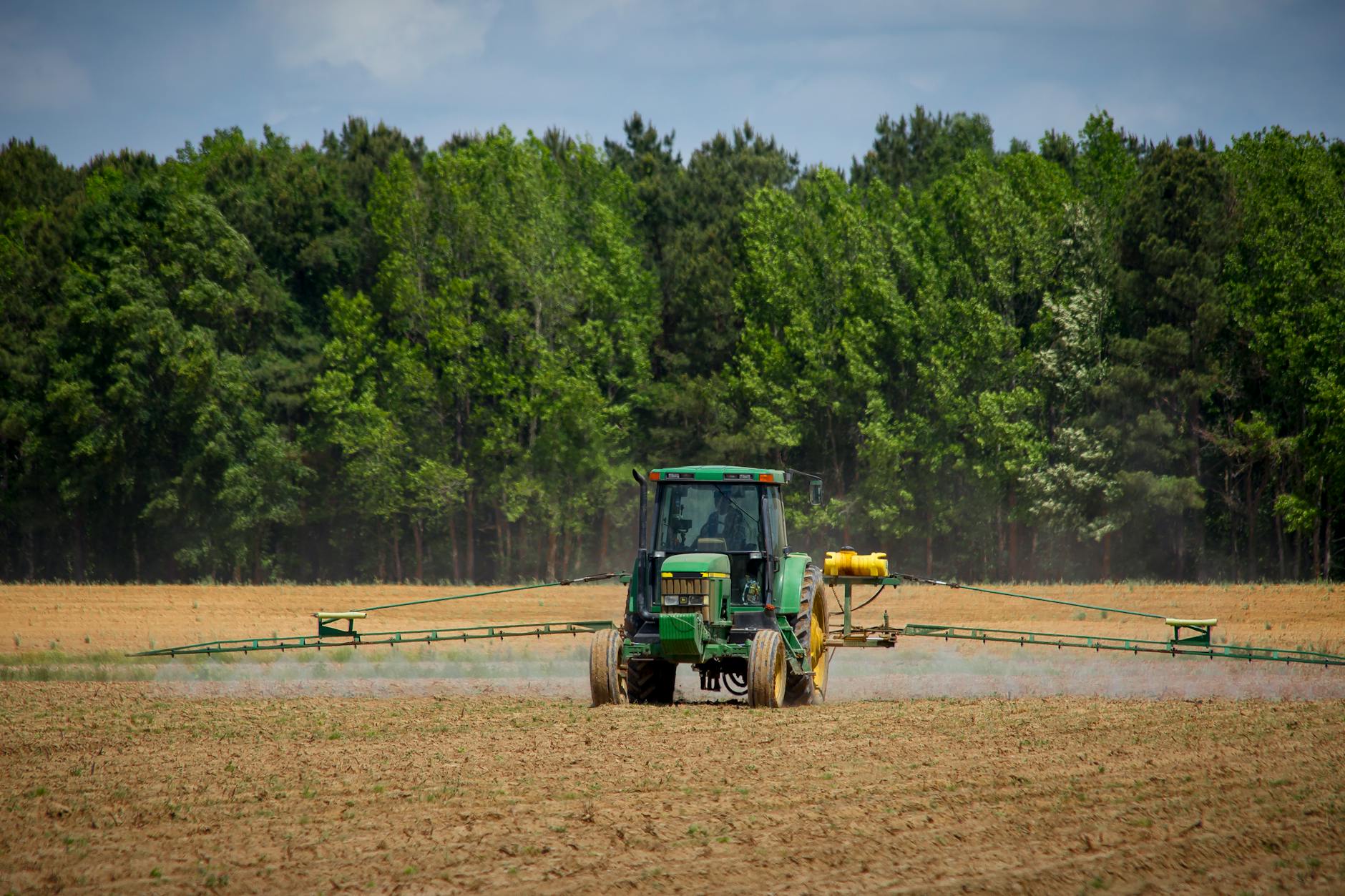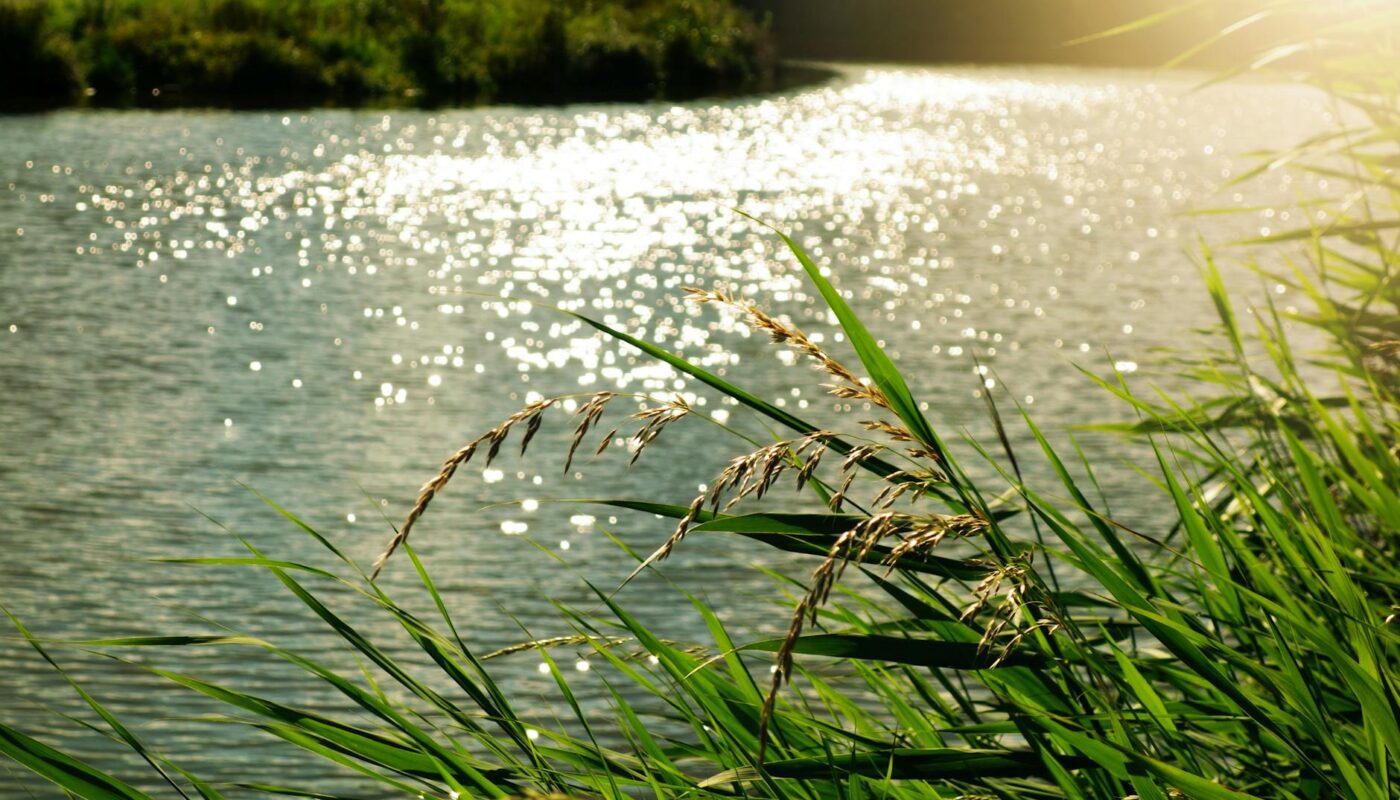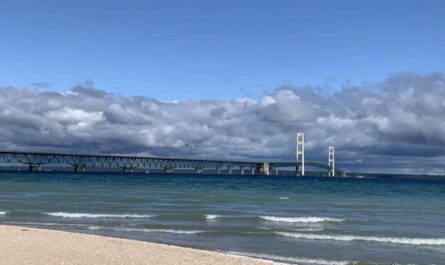Widespread neonic contamination exceeds safe limits in Michigan’s rivers, streams, and Great Lakes tributaries, raising alarm for ecosystems and drinking water.
Neonic Pesticides Present Widespread Water Contamination Across Michigan
LANSING, MI — Michigan’s waterways face extensive contamination from neonicotinoid pesticides, according to a newly released report that draws on years of state and federal water quality data. The study concludes that the growing presence of neonic pesticides in Michigan, commonly called neonics, is likely inflicting “significant and widespread damage” to aquatic ecosystems across the state.
The report, Neonicotinoid Pesticides in Michigan: Surface Water Contamination and Threats to Aquatic Ecosystems, authored by Dr. Pierre Mineau and funded by the Natural Resources Defense Council (NRDC), was published in June 2025. It details how neonic residues appear at levels far exceeding U.S. and international safety benchmarks across Michigan’s rivers, including year-round contamination in key Great Lakes tributaries like the Saginaw, Grand, St. Joseph, and River Rouge.
Seed Treatments Drive Exponential Rise in Neonic Use

The spike in contamination stems primarily from the heavy use of neonic seed coatings applied to Michigan’s corn, soybean, wheat, and vegetable crops over the past two decades. These seed treatments coat nearly all corn and a substantial share of soybean seeds planted in the state. Once applied, more than 95% of the pesticide coating typically leaches into the surrounding soil, spreading through runoff into nearby waterways.
By 2014, 84% of Michigan’s agricultural neonic use came from seed treatments, amounting to an estimated 200,000 pounds of active ingredients annually, with likely higher levels in subsequent years. The most prevalent chemicals include clothianidin, imidacloprid, and thiamethoxam, all highly toxic to aquatic invertebrates.
Toxic Levels Found in Saginaw Bay, Clinton River, and Other Waterways
Water samples collected by the U.S. Geological Survey (USGS) and the Michigan Department of Agriculture and Rural Development (MDARD) reveal that neonic pesticides in Michigan waterways routinely exceed federal and international benchmarks for aquatic toxicity.
- In the Randall Drain, a tributary to Saginaw Bay, peak concentrations of imidacloprid reached 2,650 ng/L, nearly 265 times higher than the EPA’s chronic aquatic life benchmark of 10 ng/L.
- In the Clinton River near Sterling Heights, imidacloprid levels peaked at 985 ng/L, while clothianidin and thiamethoxam were not even included in early sampling, suggesting that actual toxicity levels are even higher when considering the full chemical mix.
- In 2023, MDARD and the Department of Environment, Great Lakes, and Energy (EGLE) sampled 54 rivers and streams statewide. Neonics were detected in half of these sites, with levels exceeding EPA benchmarks at 77% of positive detection sites, even though testing likely missed peak runoff periods.
Experts Compare Neonic Pesticides in Michigan to DDT in Environmental Impact
Environmental advocates are warning that the scale of contamination may rival the widespread ecosystem damage caused by DDT in the mid-20th century.
“Neonics are like the insecticide DDT was decades ago: extremely toxic, used widely, and contaminating soil, water, pollinators—even people,” said Emily Smith, land and water conservation policy manager for the Michigan Environmental Council, in the press release. She added, “Fortunately, it doesn’t have to be this way. Michigan farmers and others can come together to support products and methods that keep crops strong but without the heavy costs”.
Warnings of Irreversible Damage to Michigan Ecosystems
According to the report, neonics threaten multiple species vital to Michigan’s ecology, including fish, aquatic insects, pollinators, and birds. Their persistence in the environment — sometimes lasting for years — allows them to accumulate in waterways even far from the original application sites.
“Fresh water and the Great Lakes define Michigan,” said Tim Minotas, deputy legislative and political director for the Michigan Sierra Club. “But as this report shows, the state’s rivers and lakes are consistently contaminated by rampant neonic pesticide pollution—damaging our ecosystems, polluting our source water, and endangering our enjoyment of our greatest natural asset”.
Neonic Exposure Extends Beyond Agriculture
While agricultural use dominates, non-agricultural applications such as lawn care, ornamental landscaping, and pest control also contribute to contamination, especially in urban areas like Detroit’s River Rouge, which registered an imidacloprid reading of 153 ng/L in August 2016.
Because many monitoring programs focus narrowly on individual neonic pesticides in Michigan, the cumulative toxicity from combined exposures is likely underreported. Studies referenced in the report argue that U.S. EPA benchmarks are significantly less protective than those set by the European Union, which employs stricter chronic benchmarks as low as 6.8 ng/L for imidacloprid.
Statewide Problem Requires Coordinated Action to Combat Neonic Pesticides in Michigan
The report concludes that existing monitoring underrepresents the true scope of contamination, suggesting that the problem is “likely much worse than this analysis shows.” It calls for Michigan agencies to implement broader, more consistent sampling programs that include all major neonics and their breakdown products.
“This is not just an agricultural issue but a statewide environmental crisis that demands science-based regulation, stronger monitoring, and safer alternatives,” said Dan Raichel, director of the Pollinators & Pesticides Initiative at NRDC, in the release.
Read More Interesting Feature Stories From ThumbWind
- Michigan Feature News Stories – Unveiling the diverse and vibrant people, captivating places, and remarkable events that come together to make the Great Lake State unique.
- Strange Political News – A sarcastic take on official news from around the U.S., exploring the absurdities that often arise in the political landscape while providing a humorous perspective on current events and highlighting the quirks of politicians and policies.
- Michigan Hometown News – News and events from Michigan’s Upper Thumb region worth knowing, including local stories, impactful interviews, and updates on community happenings that shape the culture and lifestyle of the area.
Your Turn – Like This, or Hate it – We Want To Hear From You
Please offer an insightful and thoughtful comment. We review each response. Follow us to have other feature stories fill up your email box, or check us out at ThumbWind News.




